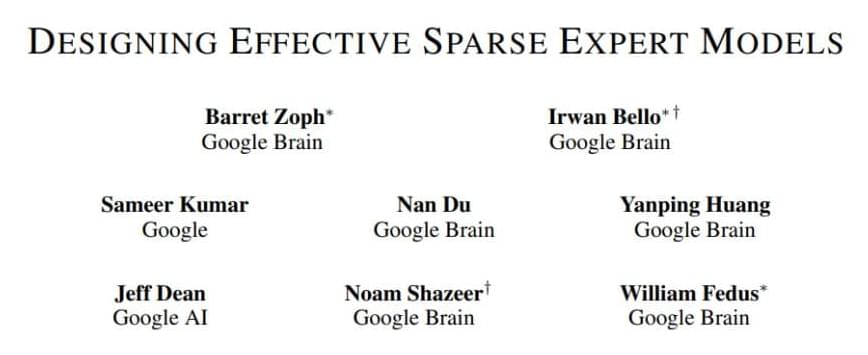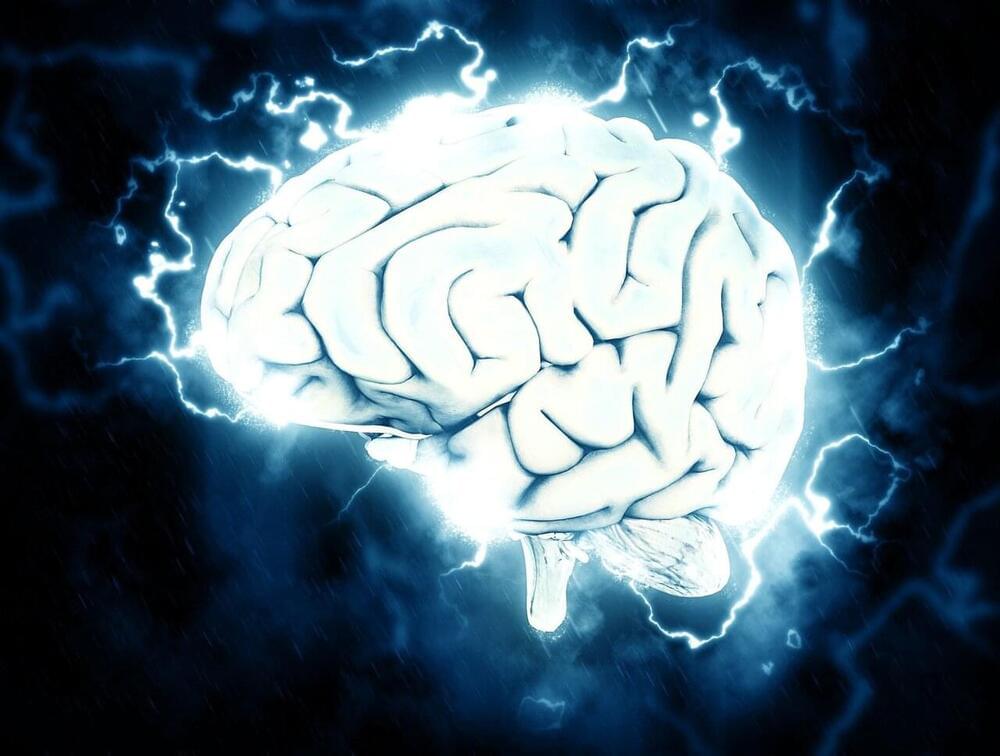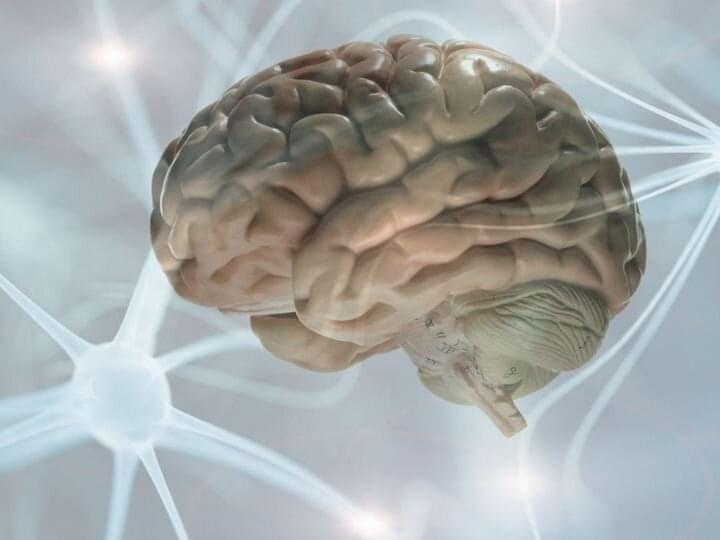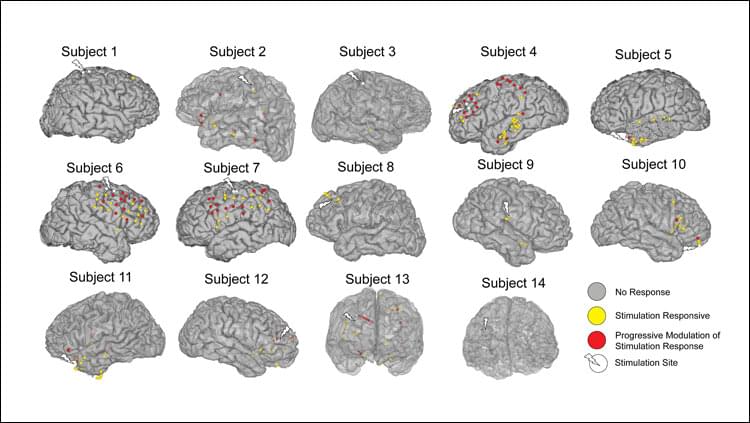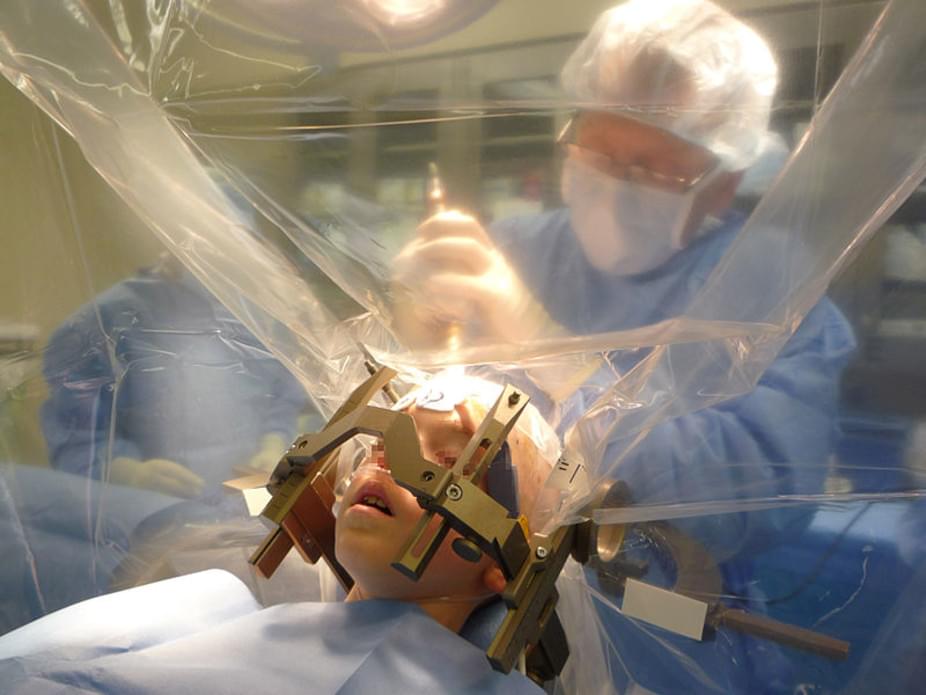Mar 13, 2022
US airlines cutting back on flights over skyrocketing oil prices
Posted by Genevieve Klien in categories: energy, finance
US airlines have begun to scale back the number of flights they are offering to customers, citing the skyrocketing cost of fuel that has been exacerbated by the Russian invasion of Ukraine.
Alaska Air said it will reduce its offerings by as much as 5% in the first half of this year citing “the sharp rise in fuel costs.” Allegiant Airlines will cut flights by somewhere between 5% and 10% in the second quarter, the company’s chief financial officer said.
Allegiant’s financial chief said the company plans to scale back its flight schedule primarily during times of weaker demand. His comments were reported by Bloomberg News.




